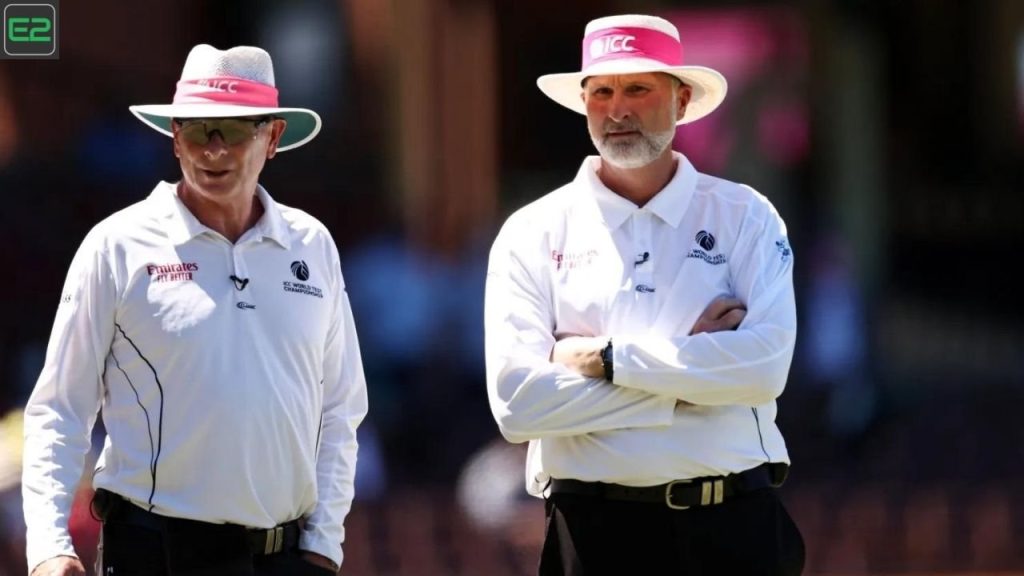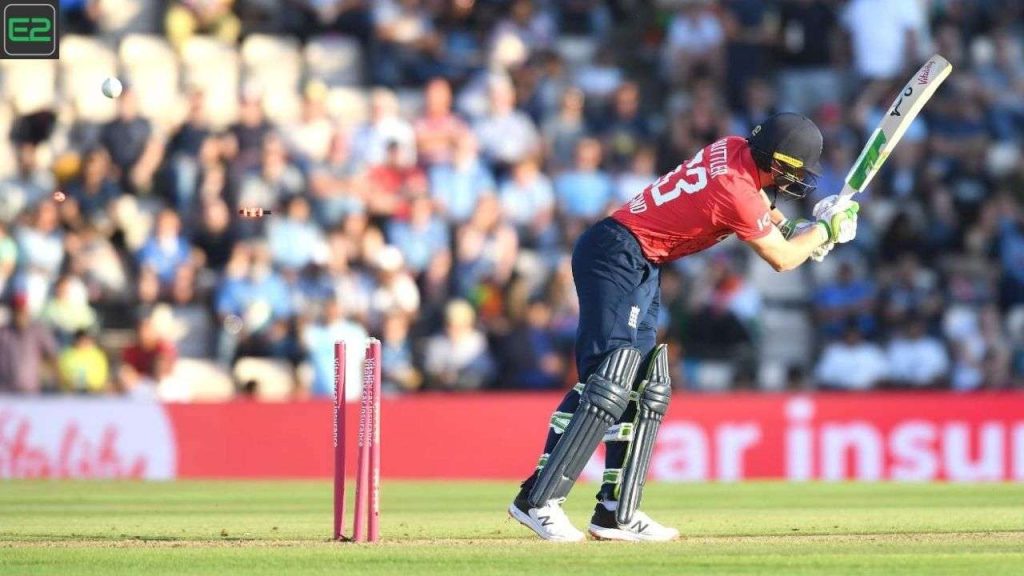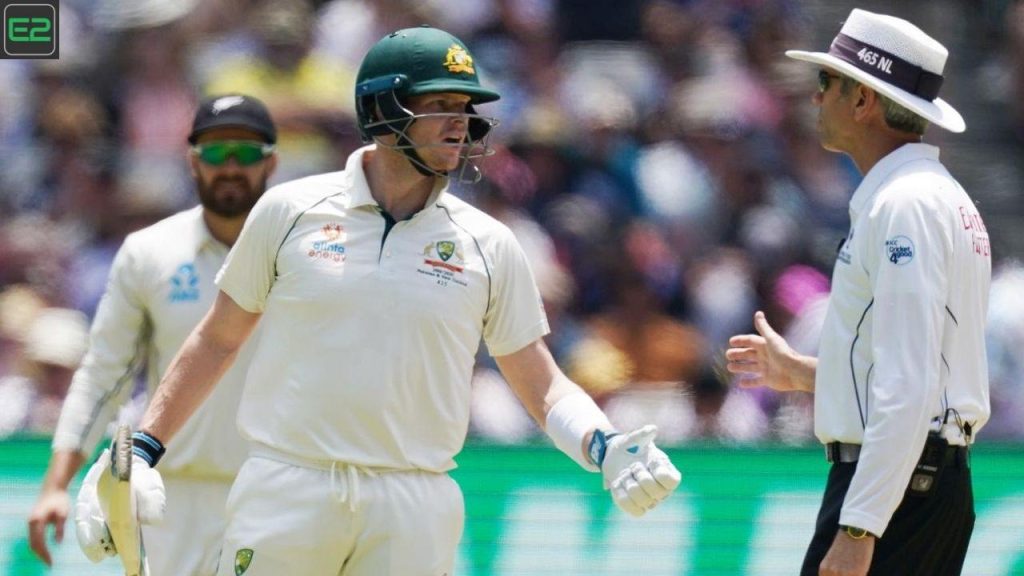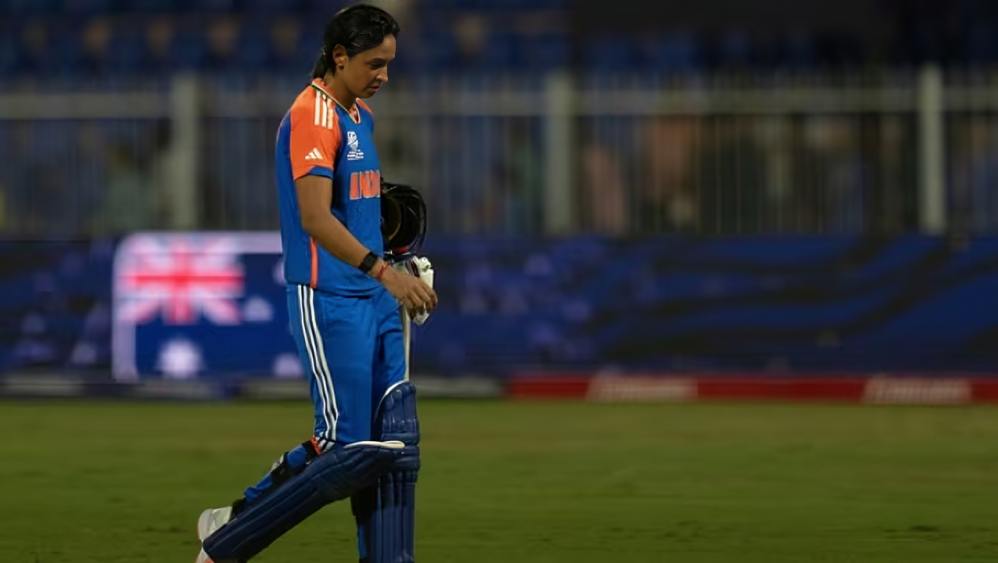Reverse swing in cricket is a phenomenon where an older, worn ball swings in the opposite direction to conventional swing, often at high speeds. It’s mastered by skilled fast bowlers.
Reverse swing has been a part of cricket for over five decades now but is still considered a relatively new concept. Said to have been created by the former Pakistani first-class cricketer Salim Mir, the reverse swing cricket phenomenon is an art of bowling that is not yet known by many. This article goes more into the history of reverse swing and helps you explore the answers to questions like what is reverse swing in cricket? How was it invented, and what relevance does it play in cricket?
What is Reverse Swing?
In cricket, reverse swing refers to an event in which a fast bowler swings the ball in the opposite or ‘reverse’ direction of their normal or predicted swinging. Naturally speaking, this kind of swing can only happen when the cricket ball being used in the game is old; approximately 35-40 overs old.
The reverse swing ball also needs to be rough on one side, while the other side has to be shiny for the phenomenon to work, for the ball goes in the opposite direction (towards the shiny side.) Any cricketer who can master the reverse swing can also have the ability to go from an outswinger to an inswinger, and vice versa.
Who Invented Reverse Swing? A Look into the History
It was discovered by these players by chance, where they discovered that changing one side of the ball can help swing it opposite to the expected direction. Those who have already mastered the art of conventional bowling can have a much easier time doing reverse swing bowling.
In modern-day cricket, a lot of cricketers have managed to master the art of a reverse swing bowling grip, namely players like Dale Steyn, Zaheer Khan, Mohammed Shami, Andrew Flintoff, James Anderson, Brett Lee, Jasprit Bumrah, Neil Wagner, and more.
What is Reverse Swing Ball?
The ball being used to perform and practice reverse swing has to be conditioned to certain circumstances to make it effective. Before the pandemic, players were allowed to use their saliva to shine one part of the reverse swing ball to ensure that it swung in the opposite direction to disorient the batsmen. After COVID spread though, a permanent and indefinite ban was imposed on the usage of saliva by the International Cricket Council (ICC.) Although this was done to curb the spread of the disease, it has still affected the move.
Alternatively, to rough up one side of the ball, players would scratch and roughen up the ball to achieve the perfect reverse swing bowling move. Other than ensuring that the ball is rough on one side and smooth/shiny on the other, there are a few other factors that control
How to Do a Reverse Swing Bowling Move?
There are many ways to master this swing during your cricketing tenure, however, like every other technique, it requires a lot of determination and hard work. There are certain steps/factors that you need to consider while mastering the reverse swing and they are listed below for your reference:
Reverse Swing Bowling: How to Defend Against it As a Batter
Now that we’ve explored the history of a reverse swing and how as a bowler you can master the move on the field, it’s time to look at it from the opponent’s lens. Batting against such a move can be tricky for many batsmen on the field, as the move has been made to disorient the opposition. As a batter, to combat the swing you need to be able to read the moves of the players and the environment.
For example, if the ball has been swung very early onwards, especially when it’s new, there are high chances that you might be facing a reverse swing ball later on in the game. One thing that you need to observe is the overall timing of the game and the overs. We already know that the ball has to be around 35 to 40 overs old for it to be effective enough, so it’s safe to assume that around 25-30 overs, the chances of a reverse swing can increase.
Now, once the ball is swinging, you need to avoid having a high backlift at all costs. This is because this swing, especially with the inswinging yorker is an extremely hard move to deal with. If the bat is also coming down on the ball from a higher position, then you’ll be making the whole thing harder on yourself.
Next, you need to be aware and careful of how your foot is placed on the ground. Your foot should usually be pinned to the crease to make movement easier. Another thing to look out for is the distance between the ball and your feet. While it is almost impossible to know where the ball is going to land, you can always watch, predict and ensure that your feet are as close to the landing area as possible.
Reverse swing has been a revolutionary move introduced in the cricket world. Although it is an extremely effective method for use on the field to deceive the opponent, it’s still not that well known among players and enthusiasts alike. Salim Mir’s contribution to the sport has helped revolutionise the field for bowlers.
FAQ’s About Reverse Swing in Cricket
Who invented reverse swing and why?
Former Pakistani cricket player Salim Mir Is said to have invented the reverse swing more than five decades ago. This technique was made to confuse the batters as the ball swings in the opposite direction than where it normally would.
Is a reverse swing ball different from a regular cricket ball?
Yes, in most ways, this kind of swing is different from regular cricket balls as it is essential for it to firstly be 35 to 40 overs old and second that it should be shiny on one side and rough on the other for the swing to work.
What other cricket players are known to use this method on the field?
Players such as Dale Steyn, Zaheer Khan, Mohammed Shami, Andrew Flintoff, James Anderson, Brett Lee, Jasprit Bumrah, Neil Wagner, and more are currently well-known for mastering this skiing of reverse swing bowling.
What factors go into mastering a reverse swing?
The run-up technique, the direction, speed of the ball, and the way you grip the ball and release it, all come together to ensure that his swing is successful while being performed.
Can any bowler master the art of reverse swing?
Yes, any bowler can master this phenomenon, as long as they have the determination and patience it might take. Anyone who has already mastered conventional bowling might have an easier time learning it than the rest though.













